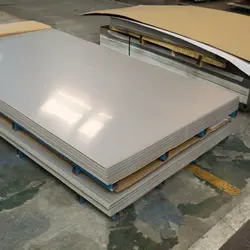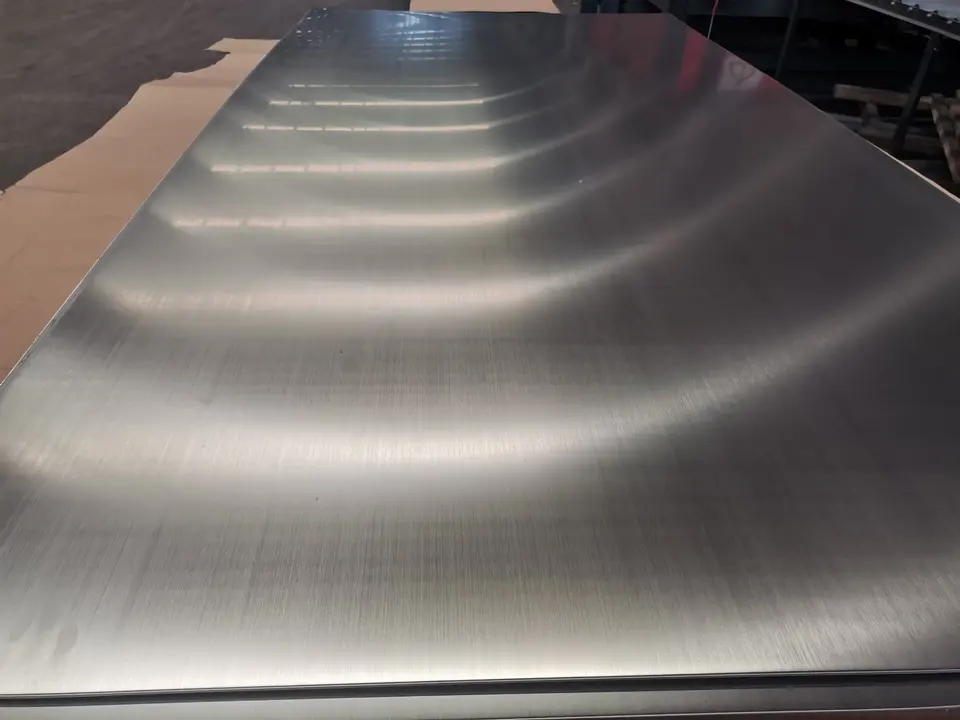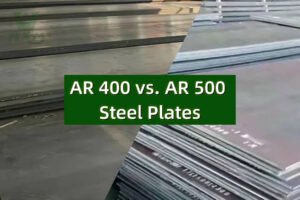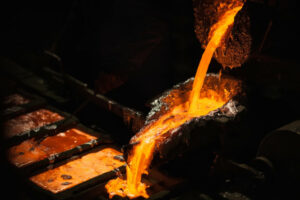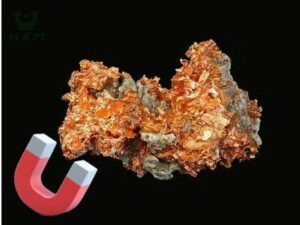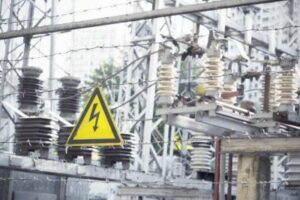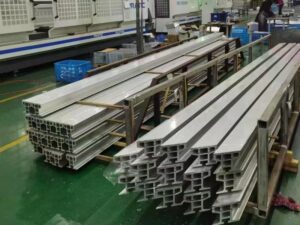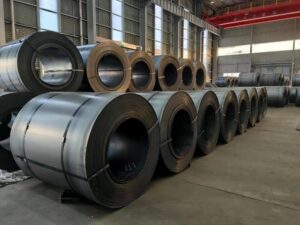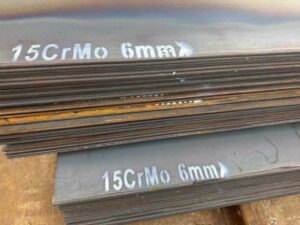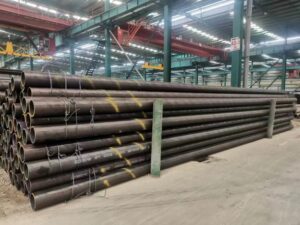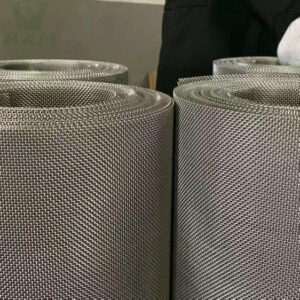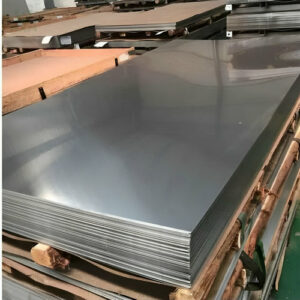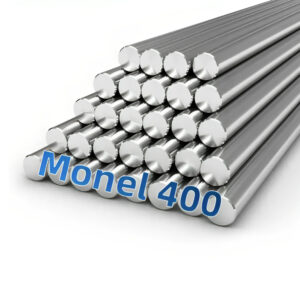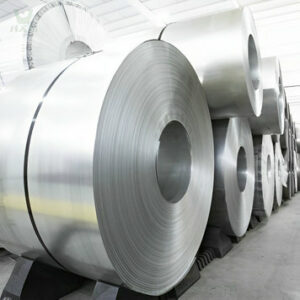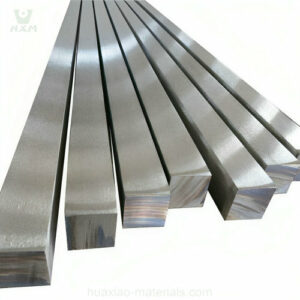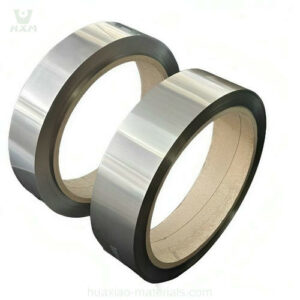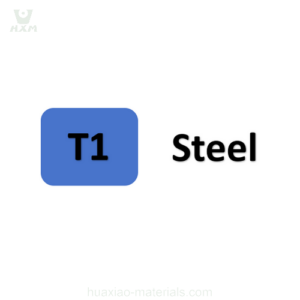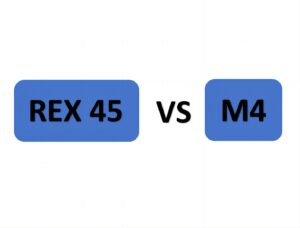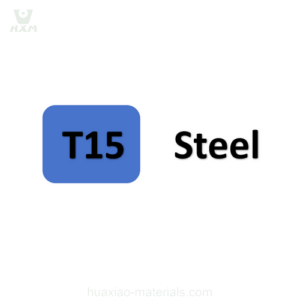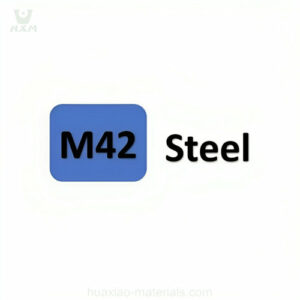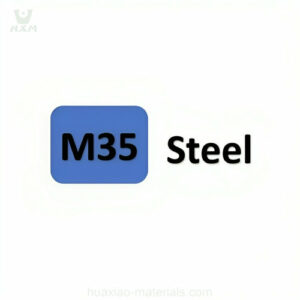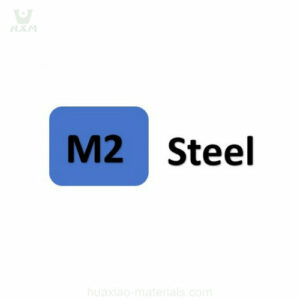When selecting 347 stainless steel supplier, several factors should be considered to ensure you receive high-quality materials and reliable services. Here are the key factors to keep in mind:
Quality and Certification: Look for suppliers who provide 347 stainless steel products that meet international quality standards, such as ASTM A240 or ASME SA240. Ensure that the supplier is certified and can provide material certifications and test reports to verify the composition and properties of the stainless steel.
Experience and Reputation: Choose suppliers with a proven track record and extensive experience in supplying 347 stainless steel products to various industries. Check for customer reviews, testimonials, and references to gauge the supplier’s reputation and reliability.
Stock Availability: Verify the supplier’s stock availability to ensure they can meet your immediate and future requirements promptly. A reputable supplier should maintain a substantial inventory of 347 stainless steel products in various sizes and forms.
Customization Capabilities: If you require custom-sized or shaped components, ensure the supplier has the capability to provide custom fabrication services and meets your specific requirements.
On-Time Delivery: Timely delivery of materials is crucial to keep your projects on schedule. Choose a supplier with a proven track record of delivering products on time and handling logistics efficiently.
Technical Support: A reliable supplier should have a knowledgeable technical support team that can provide assistance with material selection, welding guidelines, and any technical inquiries related to 347 stainless steel.
Competitive Pricing: While cost should not be the sole determining factor, consider suppliers offering competitive pricing without compromising material quality and services.
Packaging and Handling: Ensure the supplier provides proper packaging and handling to protect the stainless steel products during transportation and storage, reducing the risk of damage or contamination.
Certifications and Compliance: Check if the supplier complies with industry standards and regulations, such as ISO 9001, to ensure they follow best practices in their manufacturing and supply processes.
Customer Service: Opt for a supplier with excellent customer service, as it indicates their commitment to addressing your inquiries and concerns promptly and professionally.
Supply Chain Resilience: Assess the supplier’s supply chain resilience and contingency plans to minimize potential disruptions in material availability.
Sustainability: If environmental considerations are important to your organization, inquire about the supplier’s sustainability practices and commitment to eco-friendly processes.
By thoroughly evaluating these factors and selecting a reputable and reliable supplier, you can ensure a smooth and successful procurement process for 347 stainless steel products, meeting your project’s requirements and quality standards.
